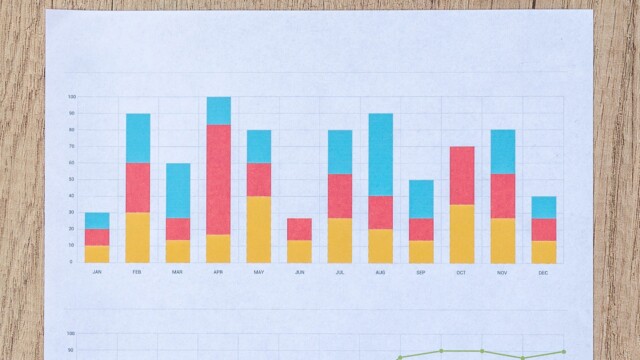Section I
As a patient, what does mammography quality mean?
A high quality mammography program finds breast cancers that are visible on a mammogram when they are small and early stage. Not all breast cancers are visible on a mammogram especially if a woman has dense breasts. A high quality program follows up quickly if a mammogram finds a possible abnormality and patients are not lost to follow up.
If you have a mammogram, you should get your results within 30 days and at many facilities you will get them much sooner than 30 days. If your mammogram suggests you need follow up, this follow up should take place no later than 30 days from when you had the first mammogram. The majority of the time, follow up will show that everything is okay but it is important to get this follow up. Breast cancer found early is highly treatable – so do not delay or avoid follow up.
If your diagnostic work up (maybe a diagnostic mammogram and/or an ultrasound or an MRI) suggests you need a biopsy, remember most biopsies rule out cancer. Again, it is important that you get this follow up promptly. For most women an excisional biopsy is NOT needed. Ask your doctor for a radiology guided biopsy if a biopsy is recommended and make sure they put a “clip” in where they do the biopsy. This marker shows where the tissue was taken from so that if you did have cancer, the surgeon would know where it was. The clip is not harmful.
To learn more about how you can choose a high quality mammography facility, click here.
Section II
What mammography data does Equal Care collect?
Equal Care has collected five rounds of quality screening metrics since 2009. The first three cycles focused on Metro Chicago, while the 2014 and 2016 data collection expanded to include hospitals throughout the state. In the statewide initiative, 174 facilities participated and received individualized reports benchmarking their screening quality. The early results of data collection were published in a paper in the American Journal of Roentengenology. For more information about the statewide data collection see our report.
Equal Care is now preparing to relaunch its breast cancer screening quality data collection project in Metro Chicago in order to document, and ultimately, to improve the quality of breast care for all women across Metro Chicago.
A survey tool has been developed consisting of 28 questions reflecting the screening measures that were selected by a panel of experts as indicators of quality that are also reasonable for multiple institutions to assess. Data from patients screened and diagnosed with breast cancer during calendar year 2018 will be collected from health care institutions across Metro Chicago. Zip code data will be used to map out where screening rates are low so that Equal Hope and others can target outreach to encourage women to get screened. Data will be aggregate; no personal health information will be collected.
Once the data has been collected, the data will be analyzed and reported to the participating hospitals and the community at large. Any data shared with the community will be de-identified: no hospital will be linked with any data that is made public. Participating hospitals will receive individualized facility-specific reports. The goal is to drive quality improvement in breast cancer care for all women in the Chicago metropolitan area.
Section III
Objectives of the Study
Objective #1
Measure each institution’s ability to meet breast cancer screening quality measures.
Objective #2
Report back a report card to each institution and work with those with deficits to develop a quality improvement plan.
Objective #3
Benchmark and analyze breast care metrics across de-identified institutions with the end goal of producing and disseminating a summary report.
Objective #4
Evaluate the feasibility of quality improvement initiatives, such as QI collaboratives and rapid cycle improvement interventions, to improve guideline-concordant care in low-resource sites, with an assessment of outcomes pre- and post-intervention.
